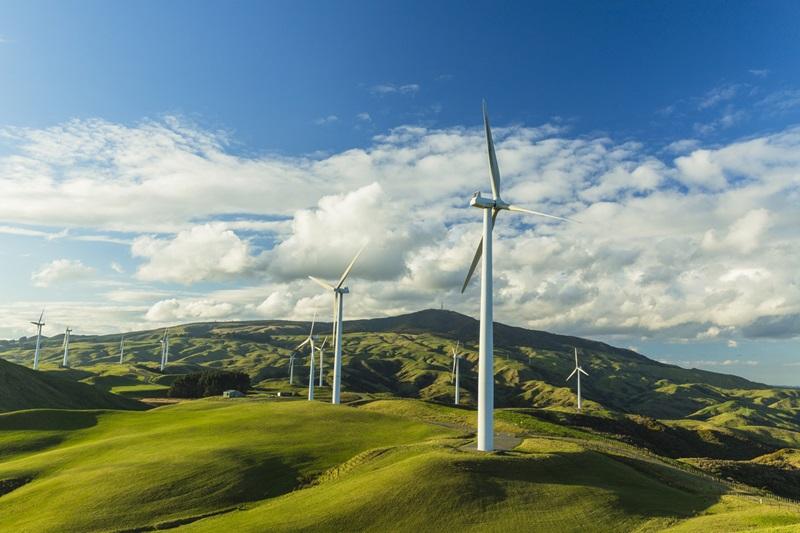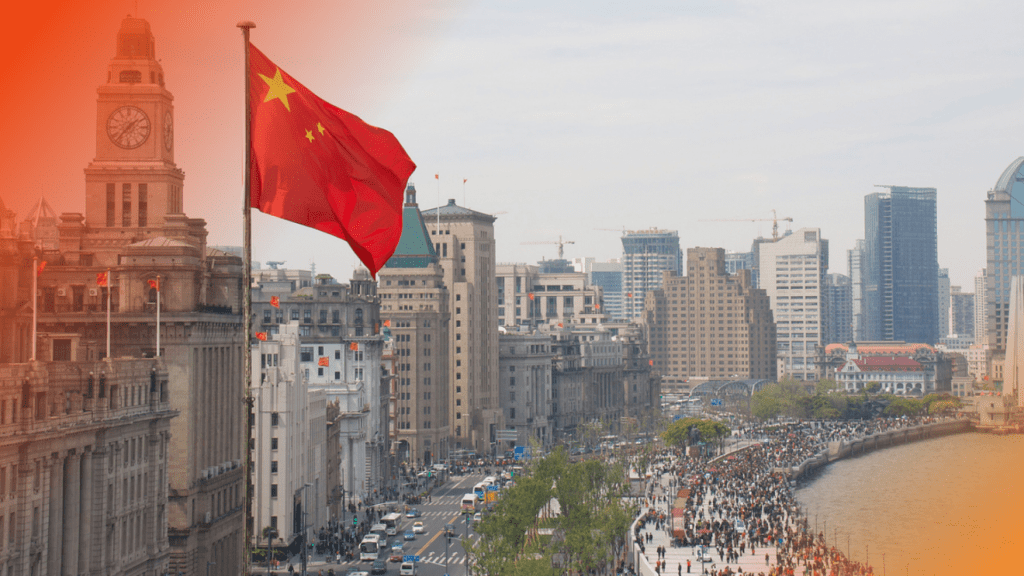
India is a paradox – a land of complexity but one full of attractive investment opportunities. With a large young working population, ambition and a growing economy, it represents an exciting investment destination for infrastructure investors.
In July 2019, Frontier’s Real Assets team travelled to Mumbai to undertake due diligence on the infrastructure investment opportunity in India. The team met with global and local fund managers, Big Four accounting firms, investment banks and market research groups.
The Indian infrastructure market has evolved and matured over several market cycles. However, the country requires US$200 billion of new infrastructure every year and at least US$1.0 trillion over the next five years. This has spurred the government into action. Not only is it channelling resources and spending towards infrastructure, but it is also focused on promoting India as an attractive destination for foreign private capital investments. Since the Modi-led BJP government entered power in 2014, it has driven key market reforms across private capital markets, the banking sector (including a new bankruptcy code), goods and services tax and simplified FDI rules. The Modi government returned to power in the May 2019 elections and will continue its economic reform and investments agenda.
India possesses a large population of 1.3 billion (over 500 million working population), a growing economy (averaging 7.0% p.a. GDP growth over the last five years), a large consumer base and ambition. With these key ingredients, India presents itself as an attractive investment destination for Australian investors.
Figure 1: Mumbai skyline

Figure 2: Old India

While Canadian pension investors and Asian sovereign wealth funds have been active in the market for over a decade, Australian superannuation investors have been more reserved in mobilising investments. However, perhaps as a sign of changing times, AustralianSuper recently committed up to US$1 billion to an Indian infrastructure fund, the National Investment and Infrastructure Fund (NIIF), which counts the Government of India, Abu Dhabi Investment Authority and Ontario Teachers’ Pension Plan amongst its notable shareholders and investors.
However, India isstill an emerging market and investing in infrastructure is not without its challenges. Key amongst these include the need for local markets expertise, controlling equity positions, well-vetted and credentialled local counterparties, avoidance of excessive complexity or risk taking and adopting a long-term perspective. The mid-2000s afforded many experienced global investors lessons (losses!) in the pitfalls of investing too early in Indian infrastructure – primarily taking passive minority positions alongside unknown or inexperienced developers, which can only be termed as Indian Infrastructure 1.0. The market and the investment environment have come a long way from there.
Figure 3: Bandra-Worli Sea Link – toll operated bridge in Mumbai

From a sector perspective, while India is well-known as a power generation and roads market, opportunities are emerging in other sectors such as renewable energy generation, communications, gas transmission and electricity transmission. There is a healthy level of competition in these markets with returns ranging from high single digit INR returns for core brownfield assets to low twenties INR returns for greenfield assets or those with elements of complexity.
Overall, we view Indian infrastructure as an exciting opportunity for Frontier clients seeking to access growth in one of the world’s largest economies, while diversifying their infrastructure portfolios.
In November 2019, Frontier is hosting a research trip to India for Trustees and Fund executives to experience first-hand the opportunities available in India. Attached is a draft agenda for the trip. Please contact us for further information.


